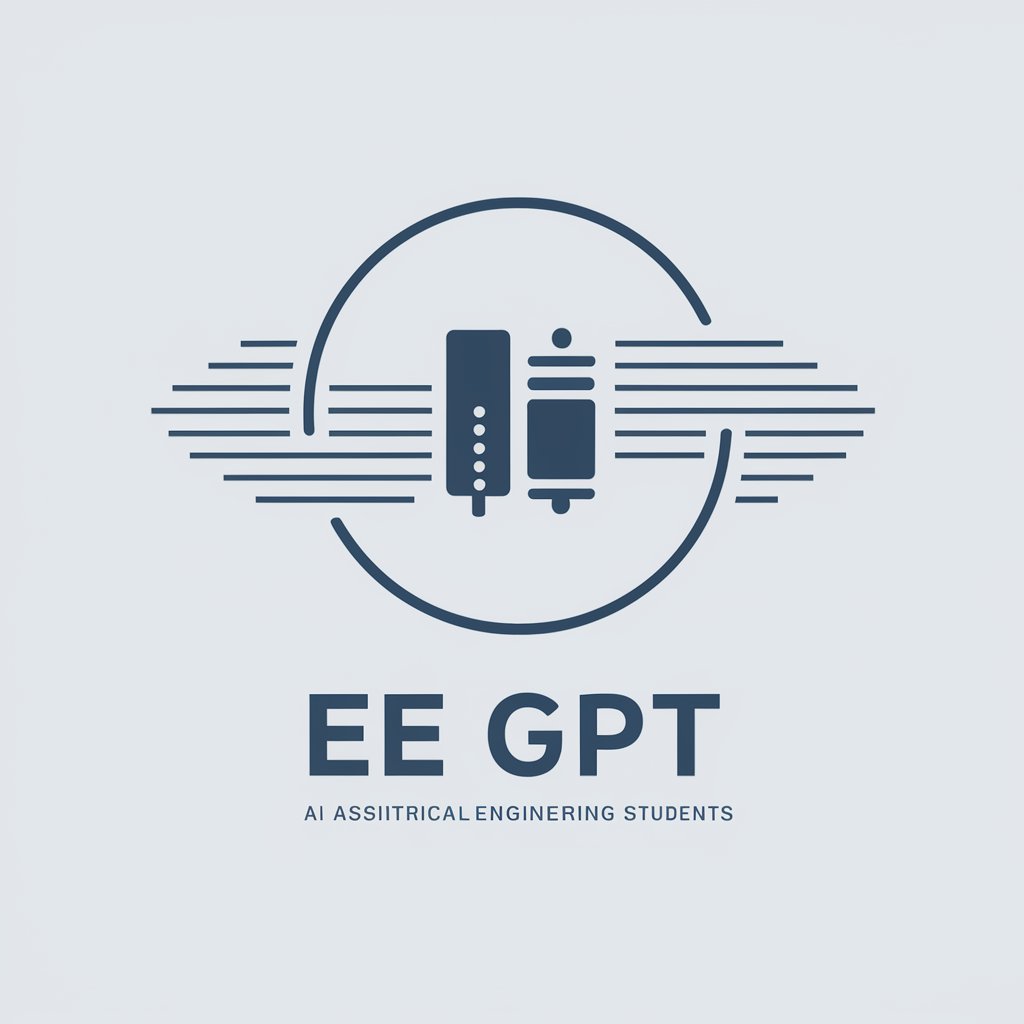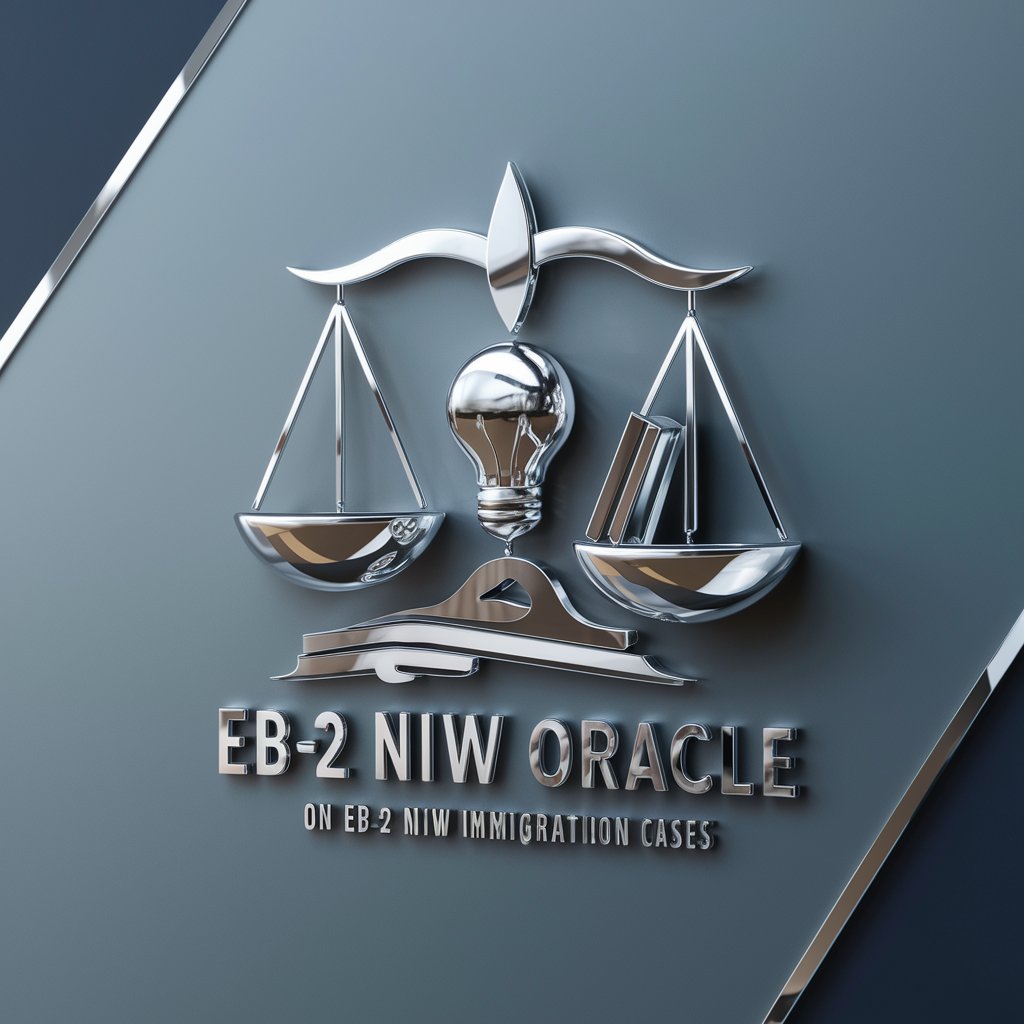EE GPT - Electrical Engineering Expert

Welcome to EE GPT, your guide to mastering electrical engineering concepts.
Empowering Electrical Engineering Insights with AI
Explain the concept of Ohm's Law in simple terms.
How do Kirchhoff's Voltage and Current Laws apply in circuit analysis?
What are the different types of circuit elements and their functions?
Can you describe the process of nodal analysis in electrical circuits?
Get Embed Code
Introduction to EE GPT
EE GPT, short for Electrical Engineering Guide and Problem Tutor, is a specialized AI designed to support and enhance the learning experience in electrical engineering. Rooted in the foundational knowledge of basic engineering circuit analysis, EE GPT serves as a virtual mentor, guiding users through the complexities of electrical circuits, systems, and their applications. From introducing fundamental concepts like Ohm's law and Kirchhoff's laws to elucidating advanced topics such as AC/DC circuits, operational amplifiers, and transient analysis, EE GPT offers detailed explanations, practical examples, and insightful analogies. It aims to foster a deeper understanding of the subject matter, encouraging users to think critically and apply their knowledge to solve real-world problems. Powered by ChatGPT-4o。

Main Functions of EE GPT
Conceptual Clarification
Example
Explaining the relationship between voltage, current, and resistance in a circuit.
Scenario
A user struggling to understand Ohm's law is provided with a step-by-step explanation, including analogies to water flow in pipes, enhancing their conceptual grasp.
Problem-Solving Guidance
Example
Assisting in the analysis of complex circuits using techniques like nodal and mesh analysis.
Scenario
When faced with a challenging circuit analysis problem, EE GPT breaks down the solution process into manageable steps, guiding the user through each phase without directly solving the problem, thus promoting learning.
Application Insights
Example
Discussing the real-world applications of electrical engineering concepts, such as the use of capacitors in filtering circuits.
Scenario
A user curious about the practical use of capacitors in electronic devices receives a detailed explanation, including examples like smoothing voltage in power supplies, which connects theoretical knowledge with practical applications.
Ideal Users of EE GPT Services
Electrical Engineering Students
Undergraduate and graduate students pursuing electrical engineering will find EE GPT particularly beneficial for reinforcing classroom learning, preparing for exams, and tackling complex assignment problems.
Hobbyists and DIY Enthusiasts
Individuals engaged in electronics as a hobby or working on DIY projects can use EE GPT to clarify doubts, understand circuit designs, and apply engineering principles to their creations.
Professional Engineers
Practicing engineers may use EE GPT as a quick reference tool for refreshing fundamental concepts or gaining new insights into problem-solving techniques relevant to their field.

Guidelines for Using EE GPT
Initiate Trial
Start by visiting yeschat.ai to access a free trial of EE GPT, no login or ChatGPT Plus subscription required.
Understand the Scope
Familiarize yourself with EE GPT's specialization in electrical engineering, particularly in areas like circuit analysis, electronic devices, and signal processing.
Prepare Queries
Formulate specific questions or topics related to your coursework or research in electrical engineering for targeted assistance.
Interact and Clarify
Engage with EE GPT by asking questions or seeking explanations. Provide context or specify your current level of understanding for personalized responses.
Apply and Reflect
Apply the insights and explanations provided by EE GPT in your studies or projects, and reflect on these learnings for a deeper comprehension.
Try other advanced and practical GPTs
Dr Neoklon
Bonding Innovations Powered by AI

Emily
Empowering Education with AI

EB-2 NIW Oracle
Navigating NIW with AI-powered Precision

DX人財養成講座
Empowering digital skills with AI

Glascontainer Standorte
Find and recycle glass effortlessly with AI

Eurobot Génie (FR)
Expert AI-powered Eurobot Rules Guide

Meta Muse
Elevate Your SEO with AI-Powered Precision

Cássio Ajuda - 1o Ano EF
Empowering Education with AI

CreaToon
Bringing characters to life with AI

El Biodescodificador
Discover Emotional Roots of Physical Symptoms

El Ecosistema Startup
Empowering Startups with AI-Driven Insights

Sun Tzu
Harness Ancient Wisdom for Modern Strategy

Common Questions about EE GPT
Can EE GPT solve complex circuit problems?
While I can guide you through solving complex circuit problems, I don't provide direct solutions. My role is to help you understand the underlying concepts and methods.
How can EE GPT assist in academic research?
I can help clarify concepts, explain methodologies, and provide insights on various electrical engineering topics, aiding in the comprehension and analysis aspects of your research.
Does EE GPT cover advanced topics in electrical engineering?
Yes, I cover a range of topics from fundamental to advanced levels, including but not limited to signal processing, semiconductor devices, and power systems.
Can EE GPT help with laboratory experiments?
I can offer theoretical guidance and explanations relevant to your lab experiments, but I cannot assist with hands-on or practical aspects.
Is EE GPT suitable for beginners in electrical engineering?
Absolutely, I'm designed to cater to all levels, including beginners. My explanations start from basic principles, making complex topics more accessible.
